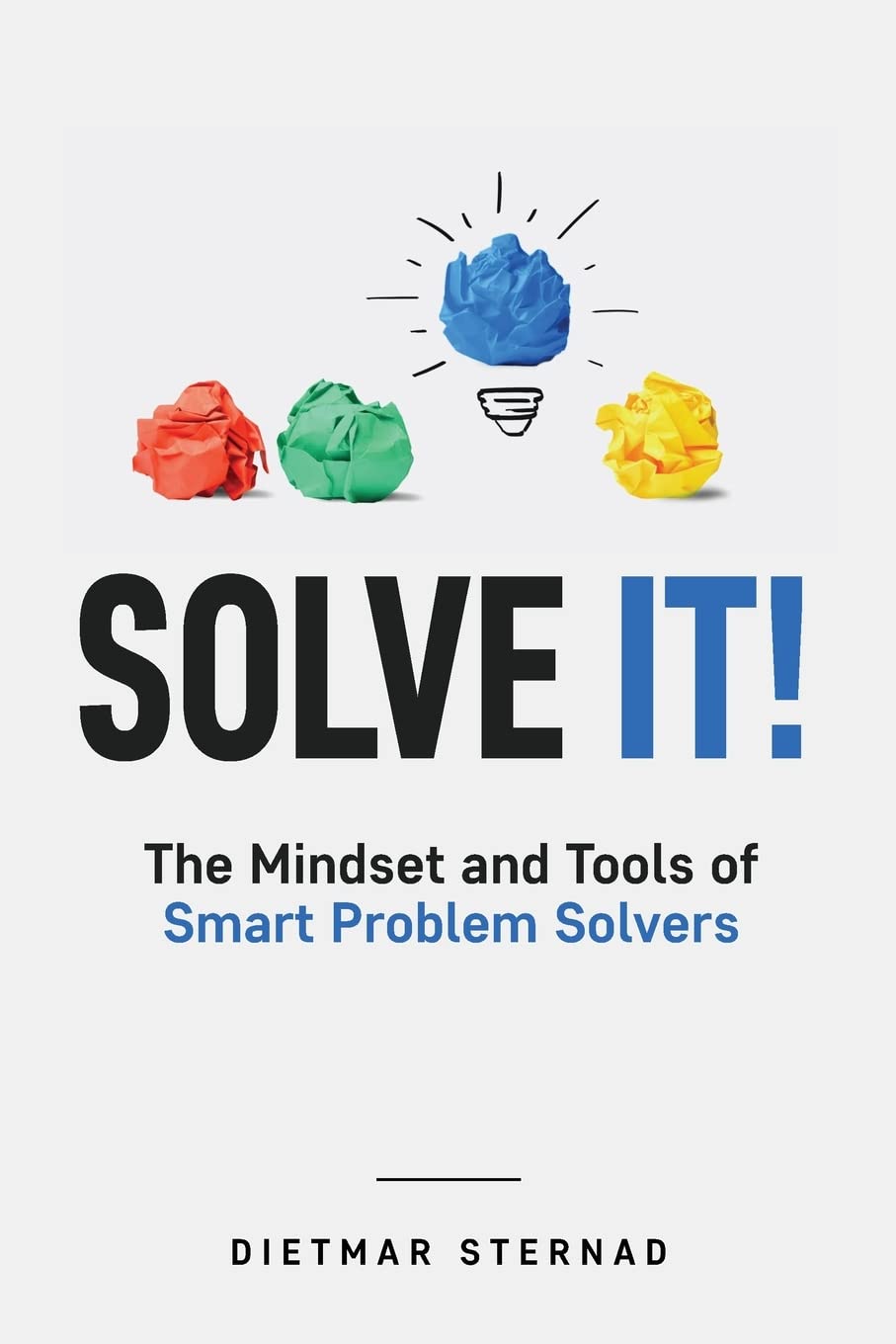Price: $39.85 – $33.84
(as of Nov 23,2024 07:02:40 UTC – Details)
Product Description




Welcome to the world of Hixeto, where innovation combines simplicity and efficiency. At Hixeto, we are committed to providing solutions that can simplify your life and enhance your experience
Hixeto Wire Comb – Your Ultimate Solution for Cable Management
Innovation meets durability and portability in cable management
Tired of the hassle of untangling cables and struggling to thread them through closed holes? Say goodbye to cable clutter with Hixeto wire comb, the innovative cable management solution designed to simplify your work


Durable Construction
Made from high quality materials, ensuring durability and long lasting performance


Portable
Small in size, lightweight, and easy to carry, it is the perfect companion for organizing cables. Whether you are working in a narrow server room or building a mobile office


Versatile Compatibility
Hixeto wire comb is meticulously crafted to streamline the organization of your data cables, including Cat 5, Cat 5e, Cat 6, and more, with diameters up to 1/4 “(6.35 mm)


User Friendly Design
During the combing process, your cables will not be worn out, and our design minimizes friction and eliminates the risk of damage














Add to Cart
Customer Reviews
4.4 out of 5 stars
34
4.6 out of 5 stars
12
4.3 out of 5 stars
3
Price
$33.84$33.84 $33.84$33.84 $66.80$66.80
Compatible Cables
Cat 5, Cat 5e, Cat 6 Cat 6, Cat 6a, Cat 7 Cat 5, Cat 5e, Cat 6, Cat 6a, Cat 7
Max Adaptation Diameter
1/4 “(6.35 mm) 0.36″(9.15 mm) 1/4 “(6.35 mm) or 0.36″(9.15 mm)
Wide Compatibility: This networking tool is commonly used for combing cat 5, cat 5e, cat 6 data cables, and other cables with a diameter not exceeding 1/4 “(6.35 mm). Widely used and highly compatible, suitable for server rooms and various other machine rooms
Excellent Design Principle: With unique humanized design, the network tools allow engineers to load cables for sorting at any time, without having to search for cable ends and pass them through closed holes. The cables can also be removed at any time, saving time and becoming efficient
Excellent Quality and Applicability: Durable network cable management tool benefit from high quality materials. The lean material technology ensures the friction of the wire comb surface just right, reducing unnecessary cable wear during cable sorting and allowing for easy adjustment of cable position
Intimate Design: Finger grooves make cable organizing tool easy to pull while combing cables. Scientific color matching allows you to easily find it in complex workplaces. The reasonable size takes up a small amount of space, but can comb up to 48 cables at the same time
Design Concept: Optimize your wiring harness management and improve the appearance of cable installation with this ethernet cable organizer tool, giving you a professional look, scientific and clear management. Robust design and materials for long term use once equipped
Are you tired of dealing with messy cables and wires in your workspace? Look no further than the Wire Comb, the ultimate network cable management tool for organizing and combing any cables or wires with a diameter up to 1/4 inch.
Say goodbye to tangled cords and cluttered work areas with this handy cable organizing tool. The Wire Comb is the perfect solution for keeping your Ethernet cables, power cords, and other wires neat and tidy.
With its sleek design and easy-to-use functionality, the Wire Comb is a must-have for anyone looking to streamline their cable management process. Say goodbye to the days of untangling knots and searching for the right cord – the Wire Comb has got you covered.
Don’t let messy cables slow you down – invest in the Wire Comb today and transform your workspace into a clutter-free zone. Say goodbye to cable chaos and hello to organized efficiency with this essential networking tool.
#Wire #Comb #Network #Cable #Management #Tools #Networking #Tools #Comb #Cables #Wires #Diameter #Cable #Organizing #Tool #Ethernet #Cable #Organizer #Tool













